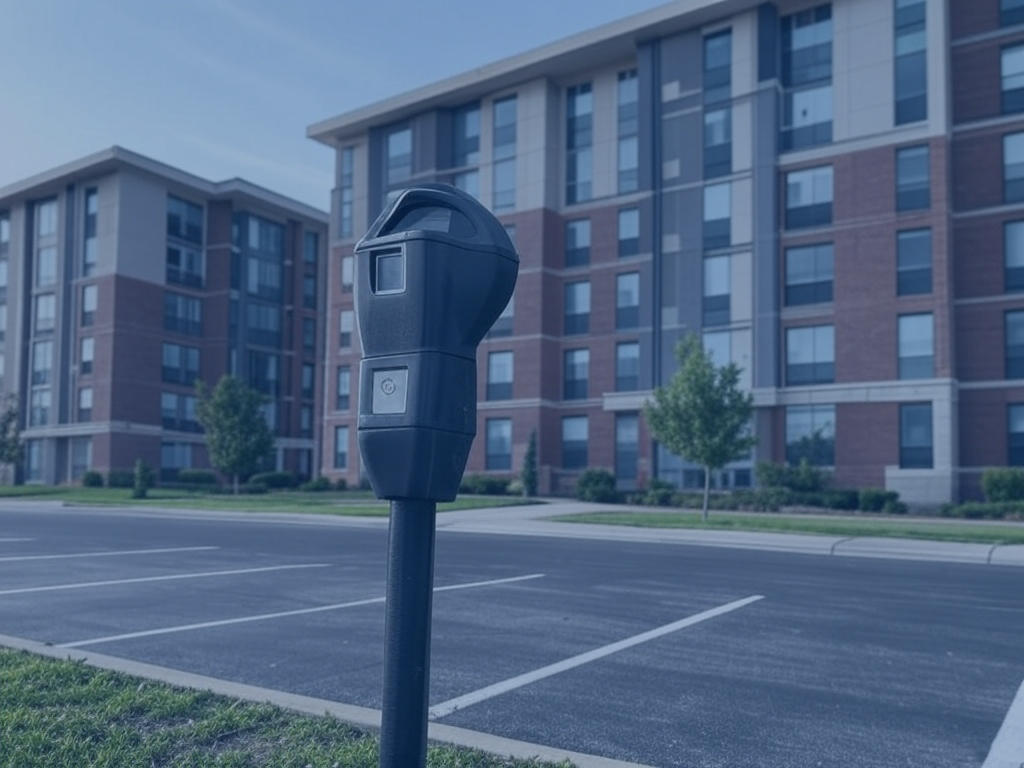Over the last 100 years, carpooling has evolved from a purely practical solution for road congestion and resource scarcity to a cornerstone of sustainable urban planning.
Long before ridesharing apps became mainstream, carpooling was a well-established concept all around the world. The idea of sharing a journey with multiple passengers, reducing the need for individual vehicles, has been an effective solution to growing road traffic, population surge, and infrastructural demands for decades
Table of Contents
ToggleWhat is carpooling?
Carpooling, in its simplest form, is the idea of two or more people sharing a vehicle to get from A to B, in the process removing the need for another vehicle to do the same journey.
Although carpooling has been an informal staple in many communities, as friends, families & colleagues have shared journeys for as long as cars have been on the road. Any attempt to formalise the process of carpooling has had its fair share of challenges, from rigid schedules to limited adaptability.
Different types of carpooling
As the need for efficient and sustainable commuting continues to grow, various carpooling models have emerged to cater to diverse requirements. The two main types are open-network carpooling and closed-network carpooling, each with its unique advantages.
Open network carpooling
This model is based on an open network where users can potentially match with any other user for shared rides. The benefits of open-network carpooling include:
- Wide Pool of Potential Matches: Since there are no restrictions on who can join the pool, the possibilities for matches increase, making it easier to find a match at any given time.
- Flexibility: As there are more users in the pool, the chances of finding a ride that matches your schedule are higher.
Closed network carpooling
In contrast, closed network carpooling has a defined group of users, often employees of a particular organization or students at a certain institution. The benefits of closed-network carpooling include:
- Safety: Since all users are part of the same organization or institution, there’s a sense of safety and security. There’s less risk involved when you’re sharing a ride with colleagues or peers.
- Certainty: Users can have certainty in their matches, which is crucial for regular commuting to workplaces or schools.
- Trust: Being in a closed network with familiar faces fosters a sense of community and trust, which is essential for a seamless carpooling experience.
Our latest carpooling feature, Waypooling, operates on a closed network carpooling system, offering organizations a safer option.
Companies can rely on Waypooling to provide their employees with efficient and sustainable commuting options, enhancing employee satisfaction and contributing to their corporate social responsibility efforts.
What is Waypooling
The challenges of modern commuting are all too familiar – congested roads, rising costs, and the ever-present environmental concerns. Sounds like a typical Monday, doesn’t it? But what if there was a solution to change the game?
Enter Waypooling.
In today’s dynamic landscape of hybrid work and flexible schedules, sustainable transportation is no longer a luxury; it’s a necessity. The traditional methods of commuting are rapidly giving way to greener, smarter alternatives. Waypooling, designed by Wayleadr, is one such solution that’s about to reshape how we perceive corporate commuting.
Waypooling isn’t just another tech innovation; it’s the embodiment of Wayleadr’s commitment to sustainable and efficient commuting. With features like real-time tracking, customizable access, and user-friendly notifications, it offers a comprehensive platform for companies to manage carpooling among their teams with ease and efficiency.
Why choose Waypooling for your carpooling program?
Corporate responsibility today extends beyond profit margins—it’s about promoting sustainable practices. This is where Waypooling, a pioneering feature of Wayleadr, comes in. So, why should your company opt for Waypooling?
Firstly, Waypooling is about sustainability. By maximizing vehicle occupancy, it reduces road congestion and carbon emissions. Secondly, it utilizes advanced carpool management software to facilitate driver and rider matches. This user-friendly tool boosts operational efficiency and enhances rider satisfaction.
Moreover, Waypooling’s closed-network system offers companies a safe, efficient, custom-made rideshare program. A carpool program with Waypooling presents tangible benefits—reduced parking needs and costs, happier employees, and a lesser carbon footprint, boosting your company’s image as an environmentally conscious organization.
In essence, Waypooling isn’t just about car sharing—it’s about balancing corporate needs, employee satisfaction, and environmental responsibility.
FAQs
How does Waypooling work?
Waypooling uses advanced carpool management software to match people based on real-time data, ensuring an efficient and convenient carpooling experience.
What are the benefits of a carpool program?
The benefits of a carpool program with Waypooling include flexibility, cost-efficiency, environmental sustainability, and a sense of community among riders.
How does Carpooling contribute to sustainable commuting?
By maximizing vehicle use and reducing the number of cars on the road, Waypooling contributes to lower carbon emissions and promotes sustainable commuting.












